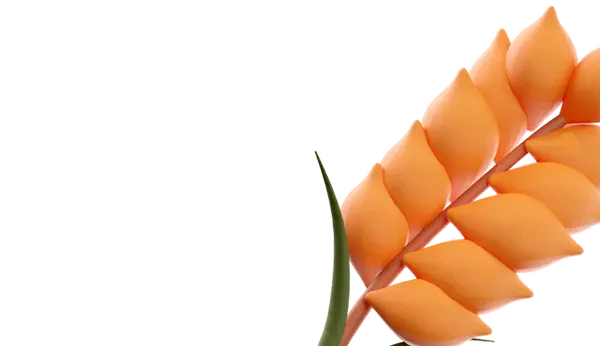Scientists have made significant progress in studying the genome of sugarcane, which plays a crucial role in the global agro-industrial complex due to its use in sugar, bioethanol, and other bio-based product production. This article published in the journal Nature represents a significant step in understanding the complex structure of sugarcane. In the past, sugarcane was considered too complex for complete genetic analysis due to its large size and polyploidy, a condition where a plant has multiple sets of chromosomes.
The study revealed the complexity of the sugarcane genome, which contains about 10 billion base pairs, significantly larger than the human genome. Such complexity, along with the presence of multiple chromosome copies, made genome assembly challenging. However, by utilizing state-of-the-art sequencing methods, including PacBio HiFi technology, scientists were able to precisely determine the sequence of long DNA fragments, thus creating a comprehensive genetic description of the plant.
This breakthrough will enable scientists to better understand the mechanisms of sugarcane's resistance to diseases, including brown rust, which can severely damage crops. During the research, key genes responsible for protection against this fungal pathogen were identified. This discovery is not only crucial for improving existing sugarcane varieties but also for protecting other crops affected by similar diseases.
The studied variety R570, used as a model for genetic research, is a hybrid of domestic and wild sugarcane species, combining high productivity and disease resistance. Deciphering its genome opens up new possibilities for breeding, allowing the precise tracking of the origin of specific genes and thus contributing to the creation of new efficient and disease-resistant varieties.
This scientific achievement not only contributes to improving agricultural practices and increasing sugarcane yields but also promises progress in bioenergy through the optimization of using this crop for biofuel production and other bio-based products, including the efficient conversion of bagasse waste into valuable energy sources.















